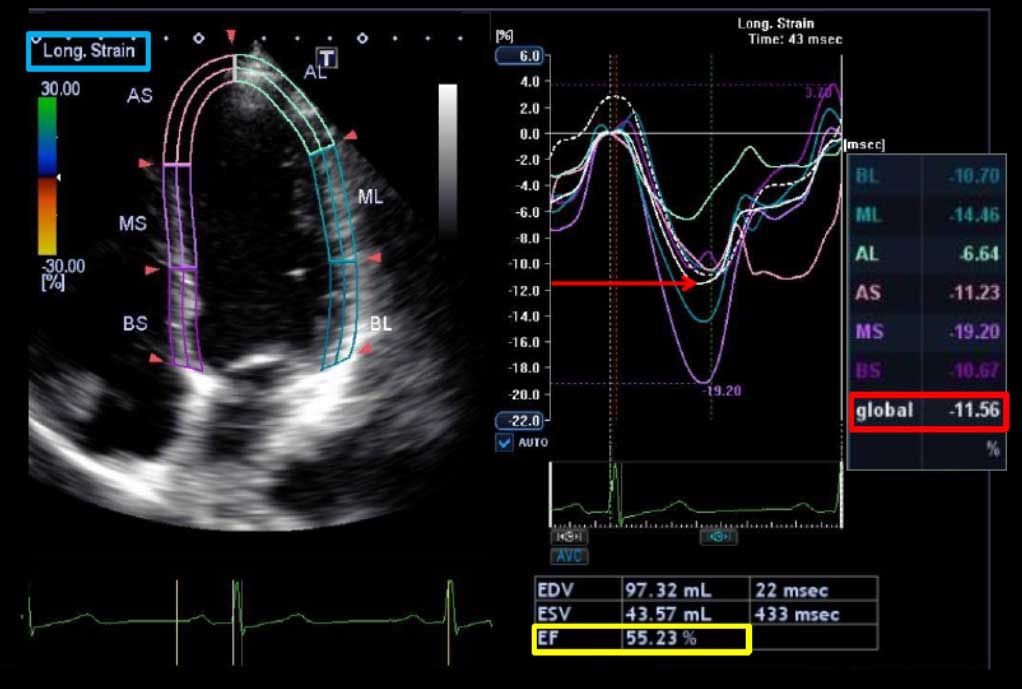New guidelines for stable coronary artery disease
Lifestyle changes and medical therapy should be the mainstay for most patients with stable coronary artery disease, according to the new ACC/AHA/ACP guidelines for this patient group, published online November 19, 2012 in the Annals of Internal Medicine. The primary focus of interventions in these patients, according to the new guidance, should be reducing the risk of premature cardiovascular death and nonfatal MI while maintaining activity levels and a quality of life. Patient education regarding various therapeutic options, appropriate levels of exercise, diet and weight control, and the importance of various clinical manifestations play a key role in achieving the treatment goal.
The guidelines include 48 specific recommendations relevant for primary-care physicians and emphasize patient education, managing cardiovascular risk factors, the use of medical therapy to prevent myocardial infarction and death and to relieve angina symptoms, the use of revascularization to improve survival and symptoms, and patient follow-up.
The initial approach to patient management focuses on eliminating all unhealthy behaviors, such as smoking, and promoting weight loss, physical activity, and a heart-healthy diet. Most important, the new guidelines provide an algorithm that emphasizes an evidence-based set of pharmacologic interventions intended to reduce the risk of future events. Drug therapy includes the use of antiplatelet agents, lipid-lowering drugs, particularly statins, and beta blockers. ACE inhibitors are recommended for many patients with stable coronary artery disease, such as those with diabetes or left ventricular dysfunction.
The new guidelines strongly support the importance of medical therapy as the first-line treatment for patients with stable coronary artery disease. The management begins with lifestyle intervention and eliminating unhealthy behaviors, followed by secondary prevention and pharmacotherapy. Beta blockers are recommended as the initial treatment for relief of symptoms in patients with stable coronary artery disease, and calcium-channel blockers or long-acting nitrates are recommended when beta blockers are contraindicated or cause unacceptable side effects or when initial treatment is unsuccessful. Sublingual nitroglycerin is recommended for the immediate relief of angina. Should symptoms persist after medical therapy, physicians are advised to consider coronary artery revascularization.
For revascularization to improve symptoms, coronary artery bypass grafting (CABG) surgery or percutaneous coronary intervention (PCI) is recommended in patients with one or more significant (>70% stenosis) lesions. CABG surgery or PCI is not recommended in patients who do not meet the anatomic (>50% stenosis of the left main artery or >70% non-left main stenosis) or physiologic criteria for revascularization. In addition, PCI should not be performed if the patient is unable or unlikely to comply with dual antiplatelet therapy.
In addition, the guidelines recommend CABG or PCI to improve survival in several clinical scenarios, such as in patients with stenosis of the left main coronary artery, patients with lesions in three major coronary arteries, or patients with presumed ischemia-mediated ventricular tachycardia caused by a stenosis in a major coronary artery. PCI or CABG surgery is not recommended to improve survival in patients with stable coronary artery disease with one or more coronary lesions that are not anatomically or functionally significant.
Source:
Qaseen A, Fihn SD, Dallas P, et al. Management of patients with stable ischemic heart disease: Executive summary of a clinical practice guideline from the American College of Physicians, American College of Cardiology Foundation/American Heart Association/American Association for Thoracic Surgery/Preventive Cardiovascular Nurses Association/Society of Thoracic Surgeons. Ann Intern Med 2012


